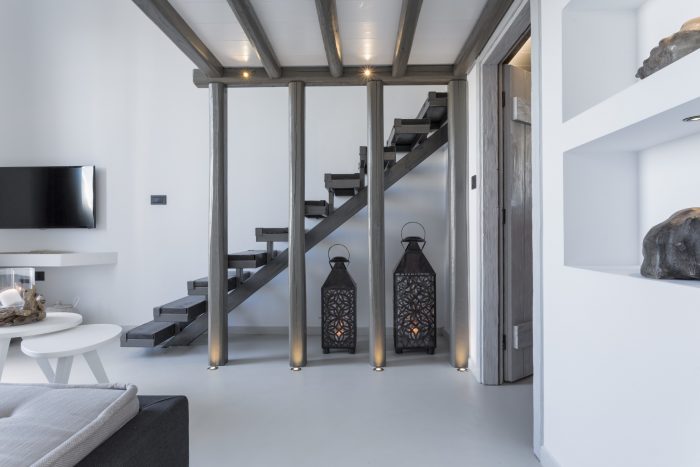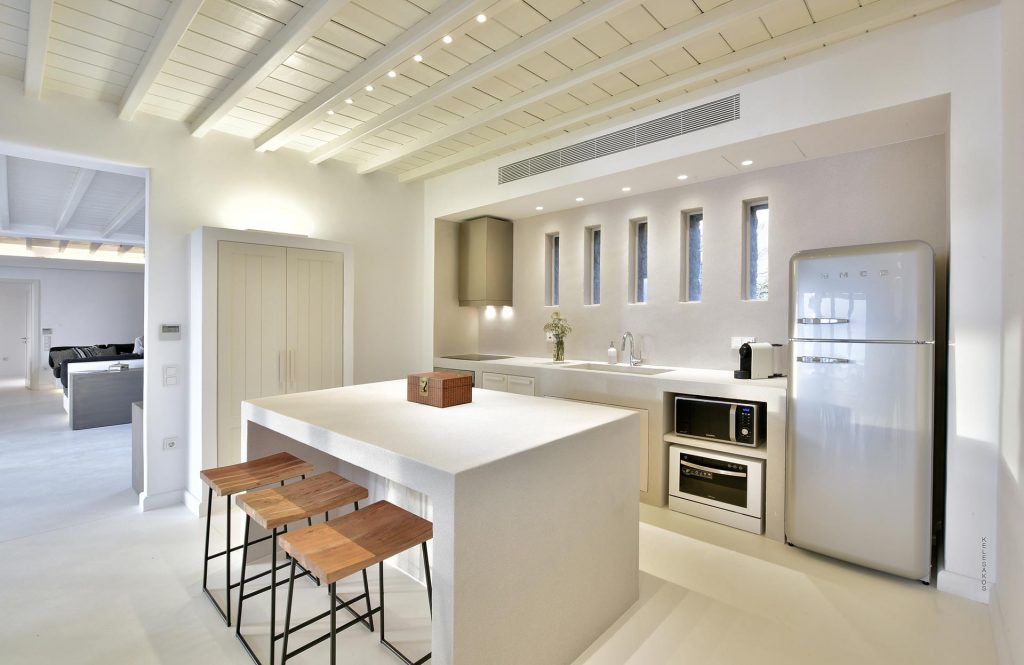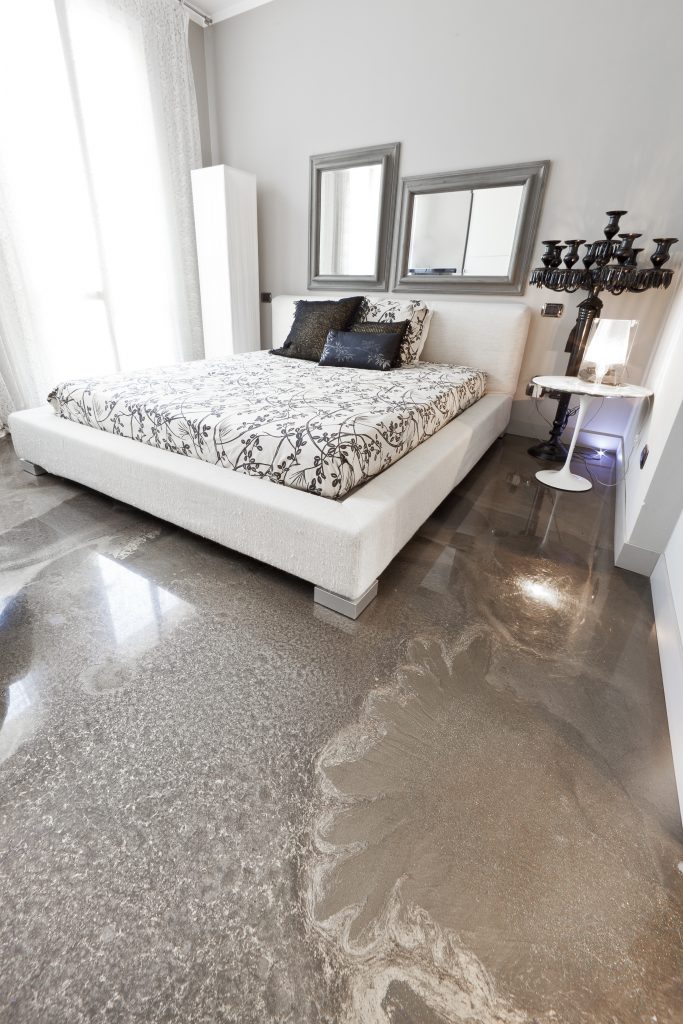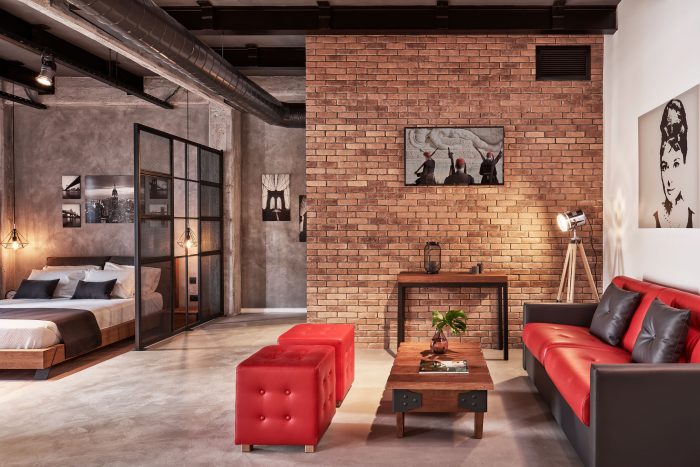Resin floors, as we know, are very popular both in the total renovation of an environment, when it is planned to make a subfloor to produce a suitable screed. Dry, leveled or self-leveled and consistent (5 cm of screed or if there is no such height, at least 3 cm reinforced with mesh) and if we intend to “renovate” this environment by superimposing the new resin floor on the old pre-existing floor, and all with great advantage that the low thickness of the resin simplifies and allows the production of a floor without even having to cut the doors and the front door of the house.
The qualities of a resin floor are now known to all.
Low thickness, great resistance, possibility of customizing it as you wish, subtracting it from the approval of other floors produced in series, possibility of giving it, through the intervention of decorators, an artistic aspect, without counting the certified qualities of the products of our dega Gobbetto line such as the absence of harmful VOC fumes, even our products have food certification, you can in fact cover a tank of drinking water, fire resistance, excellent anti-slip from safe to very safe, antibacterial and other important certifications all well illustrated on our website and in our brochure.
BUT CAN RESIN ALWAYS BE LAID?
HERE WE WOULD LIKE TO REPORT TWO CASES IN WHICH IT IS NOT RECOMMENDED TO PLACE IT
1) ON DAMP SCREEDS, as the rising humidity pushes the resin that acts as a cap until it “boils” and breaks it.
The humidity of a screed can be intrinsic to the screed itself, especially if it is produced in the traditional way with sand and cement. In these cases, the curing times of the screed are. Very long and can last several months, even a year. But if premixed screeds are used, the curing and therefore laying times are reduced to a few days. If the residual humidity is still high, the MONOSINT smoothing compound of our DEGA line acts as a vapor barrier, especially thanks to the catalyst used, which is an underwater catalyst (used by divers to plug leaks underwater) in this case it will therefore be possible to lay the resin floor.
2) ON PRE-EXISTING WOODEN FLOORS. In fact, a wooden floor, even if well laid, continues to move and make small movements, which, in the long run, produce small micro-cracks on the superimposed floor. It is therefore advisable, to obtain an appreciable result, to remove the old one.




